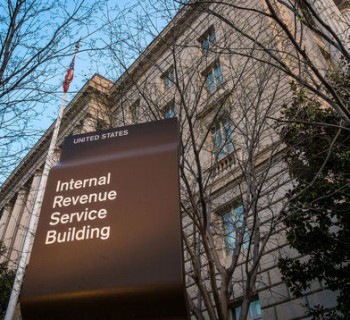 We are in midst of the third longest economic expansion in history. (If this expansion continues for another year and a half it will be the longest on record). While it stands to reason that digging ourselves out of the crater created by the financial crisis would take time, the financial markets have continued to march higher in the face of heightened geopolitical risks, policy uncertainty and higher valuations. Despite these concerns, solid corporate profits, low unemployment, low interest rates, strengthening real estate prices and benign inflation have overshadowed concerns for many investors.
We are in midst of the third longest economic expansion in history. (If this expansion continues for another year and a half it will be the longest on record). While it stands to reason that digging ourselves out of the crater created by the financial crisis would take time, the financial markets have continued to march higher in the face of heightened geopolitical risks, policy uncertainty and higher valuations. Despite these concerns, solid corporate profits, low unemployment, low interest rates, strengthening real estate prices and benign inflation have overshadowed concerns for many investors.
Increases in the value of your investments during bull markets can provide a level of comfort, especially if you are nearing retirement or already retired. However, some investors take this optimistic outlook a step further, allowing positive performance to drive them to increase portfolio risk – often at the wrong time. The fact is, allowing emotions to impact portfolio management can be detrimental to the achievement of long-term financial goals.
The Behavior Gap
Why do investors often buy high and sell low in the first place? It's pretty simple – in the same way it is human nature to want to run for the exits during difficult markets, it is also human nature to want to get more aggressive during periods of positive performance.
The problem is that making the wrong investment decisions at the wrong time can lead to what is referred to as the behavior gap (a popular concept in finance to describe how emotions can negatively impact investment returns).
Whether it be chasing returns and buying high or bailing on a long-term investment strategy and selling low, investors may implement destructive behavior when making investment decisions - especially when things get emotional. Bottom line - trying to time the market can make things worse for the average investor, so do your homework prior to making any sudden changes. Ask yourself this simple question before getting more aggressive with your investments – If the market was down 20 percent this year, would I want to be adding more risk to my portfolio. If the answer is no, you probably need to stop and reassess your plans before moving forward.
Is your portfolio still in alignment with your life?
When was the last time your portfolio was rebalanced? Have you updated your financial plan? For some investors, they maintain the same portfolio for years without making adjustments to bring their investments in alignment with where they are in their life today. Other investors never even develop or update their comprehensive financial plan. The fact is, the portfolio that served an investor in their 30s and 40s may no longer be appropriate as they prepare for the distribution phase of retirement. It is critical to re-evaluate the building blocks of your portfolio to ensure that they are congruent with your goals for the future.
It is also important to remember that markets do not move in one direction – it is perfectly normal for there to be increases and decreases in value. In fact, this ebb and flow has been occurring for years and market corrections (defined as a decline in value of between 10 and 20 percent), as unpleasant as they may be, can occur on a fairly regular basis. According to Bloomberg, corrections occur approximately every two years on average. While it would be nice if volatility didn’t exist, investors that are uncomfortable with negative returns from time to time may need to take a step back to assess their portfolio.
Avoid rear-view investing
It is also common for some investors to allow past performance rather than their investment goals and time horizon, to dictate their portfolio allocation. For example, choosing to adjust your allocation to be more aggressive simply because the market may have performed well in the past or suddenly becoming more conservative due to unexpected market declines. Be careful when using the rear-view mirror approach when determining your strategy. Remember, past performance is no indication as to future returns.
Review your risk
It is also common for investors to allow positive investment results to provide a false sense of how conservative they are allocated. For example, not losing money in the last year does not necessarily mean that you are maintaining a conservative allocation. Rather than choose investments solely on return, investors should consider relying on the development of a financial plan that takes into consideration your risk tolerance, time frame, tax impacts and cash flow needs when determining the most appropriate allocation. Next, consider stress testing your portfolio. Portfolio stress testing can be an effective way to provide insights as to how a portfolio may react to market disruptions before they are experienced, helping you to maintain an allocation that you can be comfortable with in both up and down markets.
Allowing market performance to manipulate your allocation can be detrimental to your long-term success. While it may not be advisable to make sudden adjustments to your investment plan, some circumstances may warrant a change. Please remember that investing does involve risk and no strategy can assure success or protect against loss. The information noted is for general purposes only and not intended to provide specific advice or recommendations. Since everyone's situation is unique consider speaking to your financial adviser to determine an appropriate approach for you.








